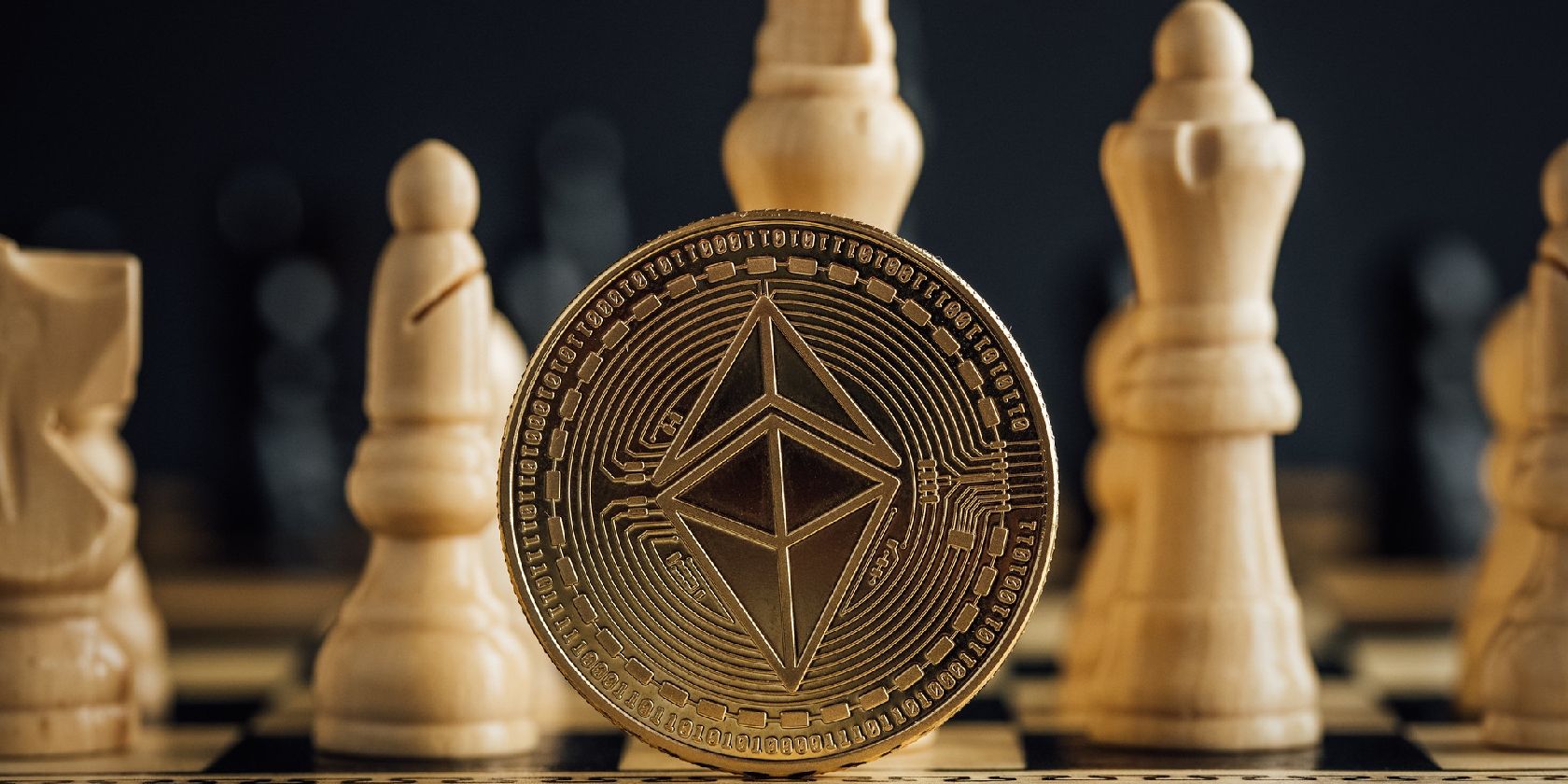With all of the talk about crypto and NFTs, you probably get that not all cryptocurrencies are created equal. But, what makes a cryptocurrency different?
There are actually different standards for coins that do different things on the same blockchain. In the case of Ethereum, the blockchain that most decentralized applications and cryptocurrency projects are built on, these different standards are called “ERCs.”
But, what is an Ethereum ERC, and why does it matter?
What Are Ethereum ERCs?
We have to remember that Ethereum is decentralized. While it’s not as decentralized as Bitcoin, no one person makes all of the decisions. So, even really important things go through a very open and public decision-making process called an Ethereum Improvement Proposal (EIP).
“ERC” stands for “Ethereum Requests for Comment.” One or more programmers write an ERC describing the change they have in mind. The larger Ethereum developer community can then comment on the ERC, which may be changed, die in the process, or ultimately be adopted as a standard.
When an ERC is accepted as a standard, it officially becomes an EIP, but the “class” of the EIP is still an ERC for documentation purposes. All that you need to understand about that is that some sources refer to “EIPs” and some refer to “ERCs” but EIP-20 and ERC-20 both refer to the same thing.
The Difference Between ERC-20 Tokens and ERC-721 Tokens
ERCs are numbered, and, as you may have guessed, there have been hundreds of ERCs. Actually, there have been over three thousand. However, as of this writing, fewer than thirty of these ERCs are adopted as standards, and some of them don’t make a huge difference.
So, the average person might know about just one or two, but even advanced developers may only have a handful memorized. The two ERCs that we will spend most of our time on are ERC-20 and ERC-721.
What Is ERC-20?
ERC-20 was created in 2015 when Ethereum itself was just two years old. ETH, Ethereum’s cryptocurrency, already existed, but ERC-20 allowed for the token to be transferred or spent by third parties in smart contracts.
While cryptocurrencies were designed for peer-to-peer transfers, ERC-20 allows for people to send and receive Ethereum over and through another platform. This has largely allowed for the use of Ethereum over decentralized applications.
What Is ERC-721?
ERC-721, created in 2018, establishes NFTs as we understand them today. Technically, ERC-20 tokens could be treated like NFTs by users because even fungible tokens (tokens that don’t have monetary value separate from their token value) can technically be tracked on the blockchain. However, this wasn’t the intention of ERC-20 tokens.
According to ERC-721, using ERC-20 tokens for NFTs is particularly complicated at scale. In the words of the document, “EIP-20 is insufficient for tracking NFTs because each asset is distinct (non-fungible) whereas each of a quantity of tokens is identical (fungible).”
In fact, the document describes simple ERC-721 smart contracts for individual NFTs as well as “contracts that track an arbitrarily large number of NFTs.” This may sound comical if you imagine that all NFTs are poorly-drawn animals, but remember that anything can be “tokenized” as an NFT. That could include whole warehouses of inventory.
Are There Other ERCs and EIPs I should Know?
ERC-20 and ERC-721 are the two most referenced ERCs because they establish tokens. Most ERCs don’t establish tokens but instead establish methods of managing or exchanging tokens.
- EIP-2309 allows the creation or transferring of ERC-721 tokens with consecutive token identifiers, again, potentially great for use cases like tokenized asset inventories.
- EIP-2981 allows for the collection of royalties from NFT sales. And, not all EIPs since ERC-721 are specifically related to NFTs.
- EIP-777 allows one address to send funds on behalf of another address, like paying a friend’s tab.
- EIP-1155 allows a single smart contract to exchange multiple different kinds of tokens simultaneously.
- EIP-1559 allows the volume of ETH to decrease and is part of the move to Ethereum 2.0.
EIPs Are a Great Tool for Learning About Ethereum
As if blockchain, cryptocurrency, and non-fungible tokens weren’t complicated enough, all of these ERCs and EIPs can feel daunting. But, really, you can look at them as a learning resource. Ethereum’s open and public nature means that this one is pretty easy to learn more about as far as currency systems go.

